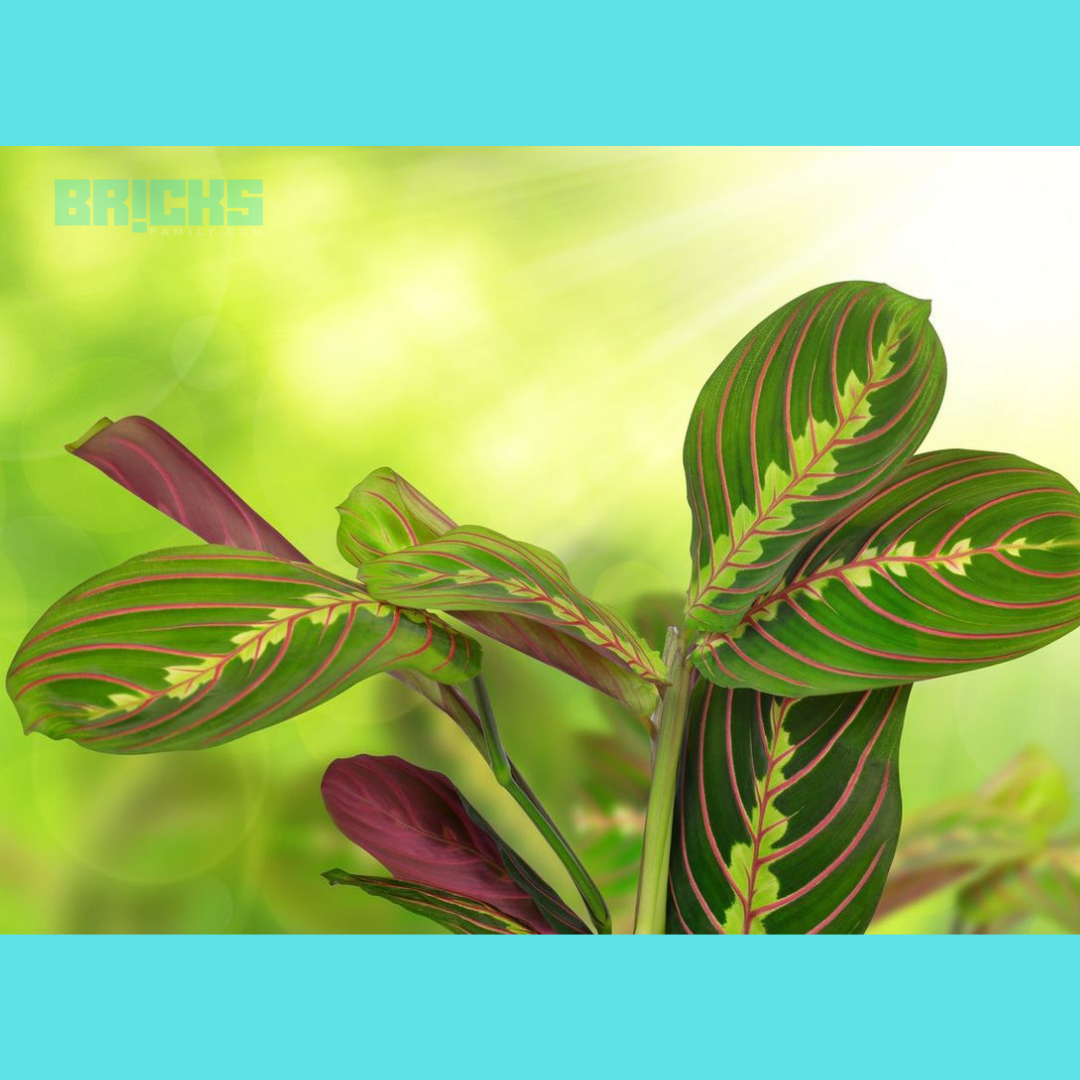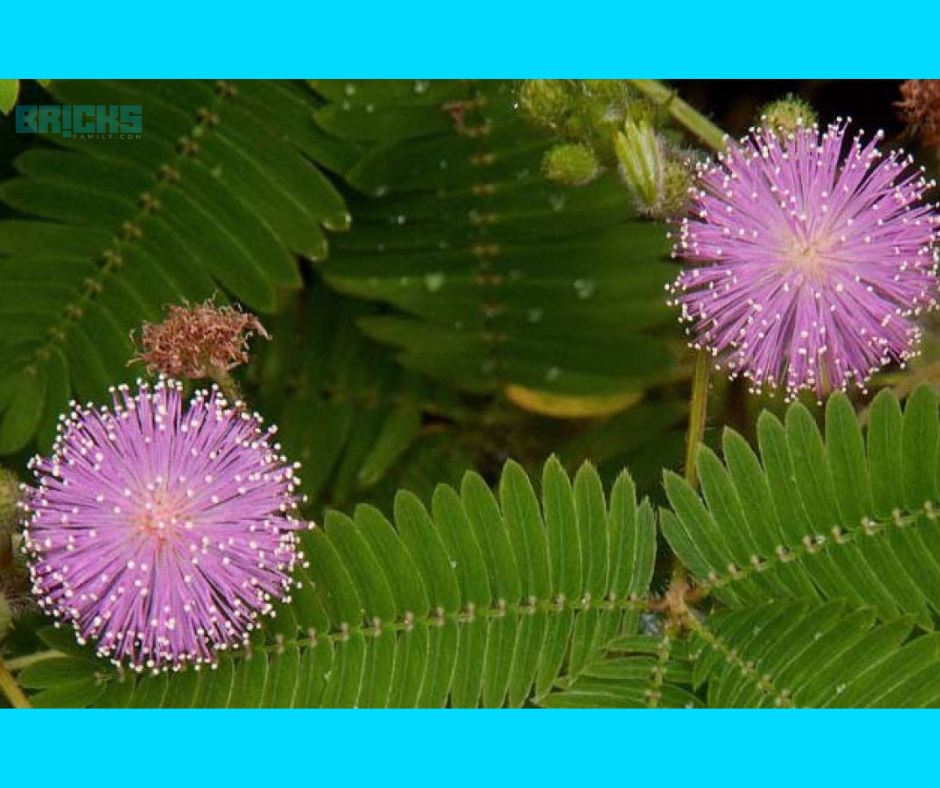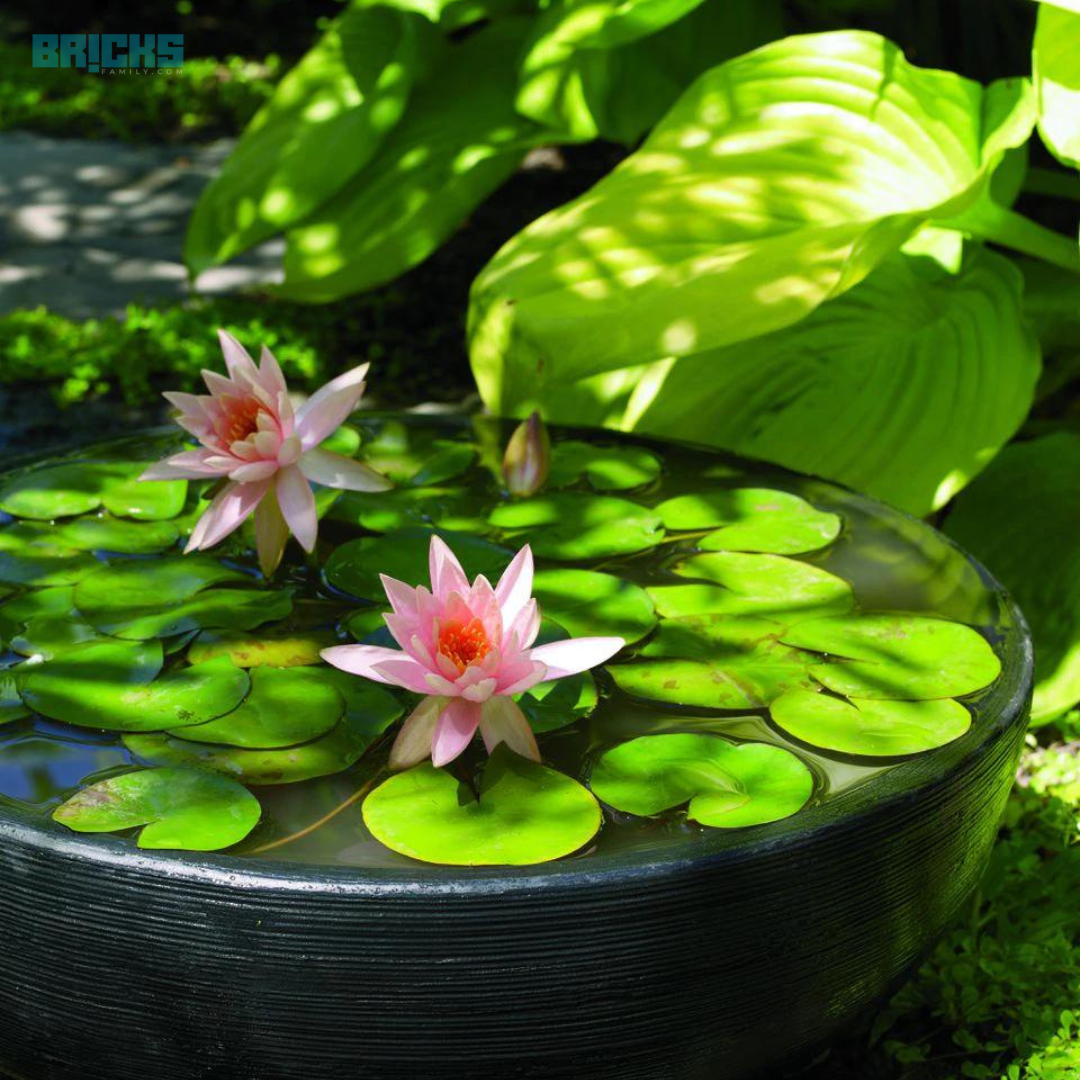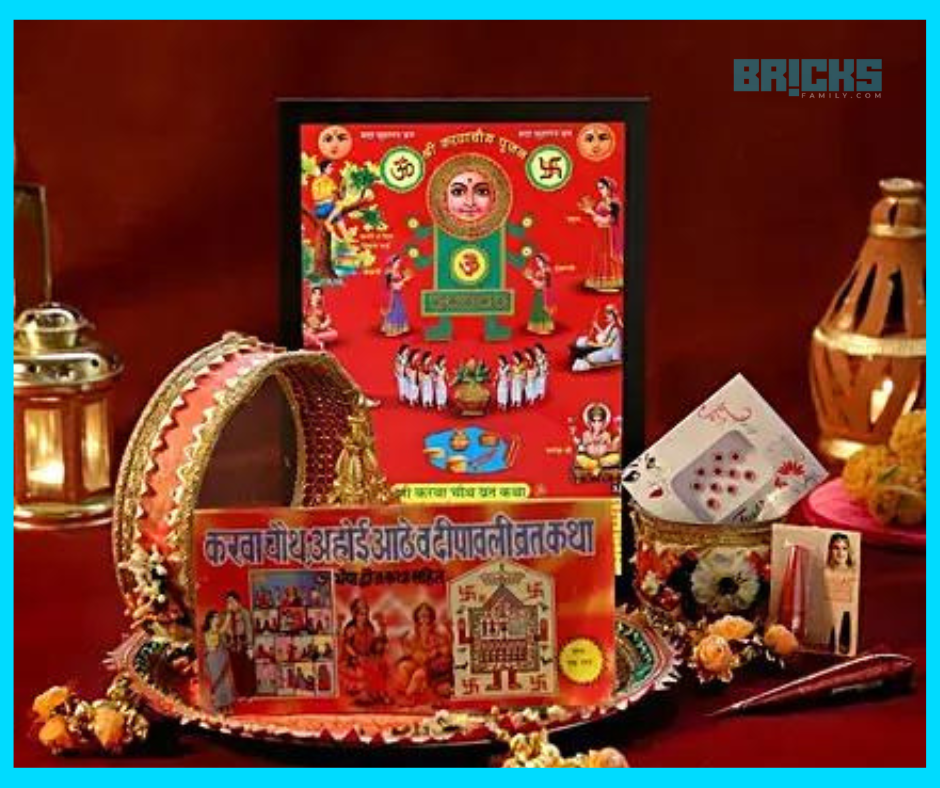Every homeowner would like their home is the most stunning place on earth. Trees and green plants add beauty and positivity to our houses. They do not just clean the air but also offer incredible benefits. Certain plants can bring luck as well as prosperity to our residences. One of these plants can be known as the Shami plant. Shami Plant is an excellent indoor plant for indoors. In this blog you will know Everything You Need To Know About The Shami Plant.
Each plant and tree has its distinct character. The shape, color, scent, fruit, or flowers can all be linked with the different planets because of their diverse impacts. But certain plants are also considered sacred. Tulsi is one example. It is revered in nearly every Hindu household. It is believed to be able to eliminate any negative energy present in the home, similar to other Feng Shui plants. Also, being a devotee of Shami plants, Shami Plant is believed to be highly beneficial.
How to Identify Shami Plant
Shami, often referred to by the name of White Kutch, is a medicinal plant that is native to India. Acacia polyacantha is the scientific name of this plant. It is also known as the Shami tree in Hindi and is referred to as Chikkur.
Here’s how to identify the Shami Plant: It is a medium-sized tree with white-pubescent branches and white bark exfoliated in white flakes. Smaller horizontal patches of darker hues in intervals, remember it. The flowers are slowly growing from pale yellow to white. Fruits are flat, with an elongated beak at the top and tapering off at the base to form an erect stalk.
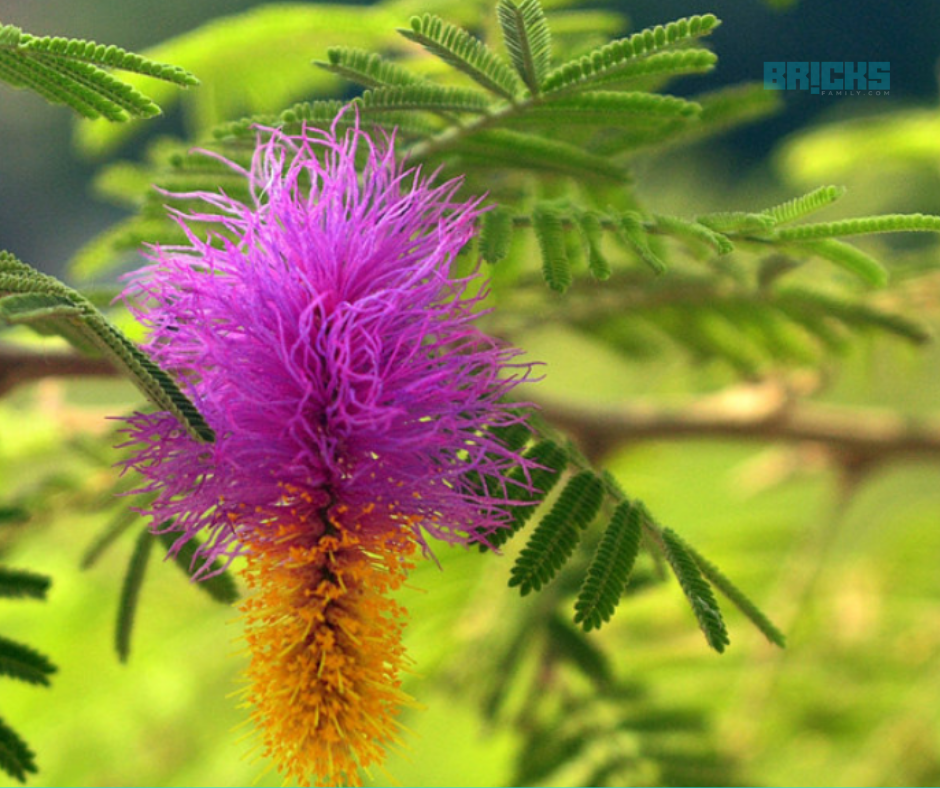
How to take care of the Shami Plant
In this blog, we will see in detail, Everything You Need To Know About The Shami Plant.
- Sunlight Shami plants require plenty of indirect lighting, especially when they are germinating. Set your plant in a shaded space with ample sunlight.
- Temperature It is believed that the Shami plant requires the minimum temperature to be between 9 and 20 degrees for germination. However, as plants age and become more robust, they will get more challenging. In hot summers, like in Indian states such as Madhya Pradesh, Rajasthan, and Gujrat, These plants cannot endure the sun’s heat. The plants should be moved to the shadows in these regions.
- Pruning Although Shami plants are not groomed, Shami flower doesn’t require grooming. Therefore, you should immediately cut your plants and remove all dried leaves and flowers if you spot any. Trimming the plants is an excellent option since it can boost the growth of plants.
- Watering: Once grown, plants require less water. They also can withstand dry conditions. Therefore, it is time to water it again after the topsoil is dry. In the beginning, you should ensure that the plant remains moist. It is essential to ensure the water can reach every inch of the soil.
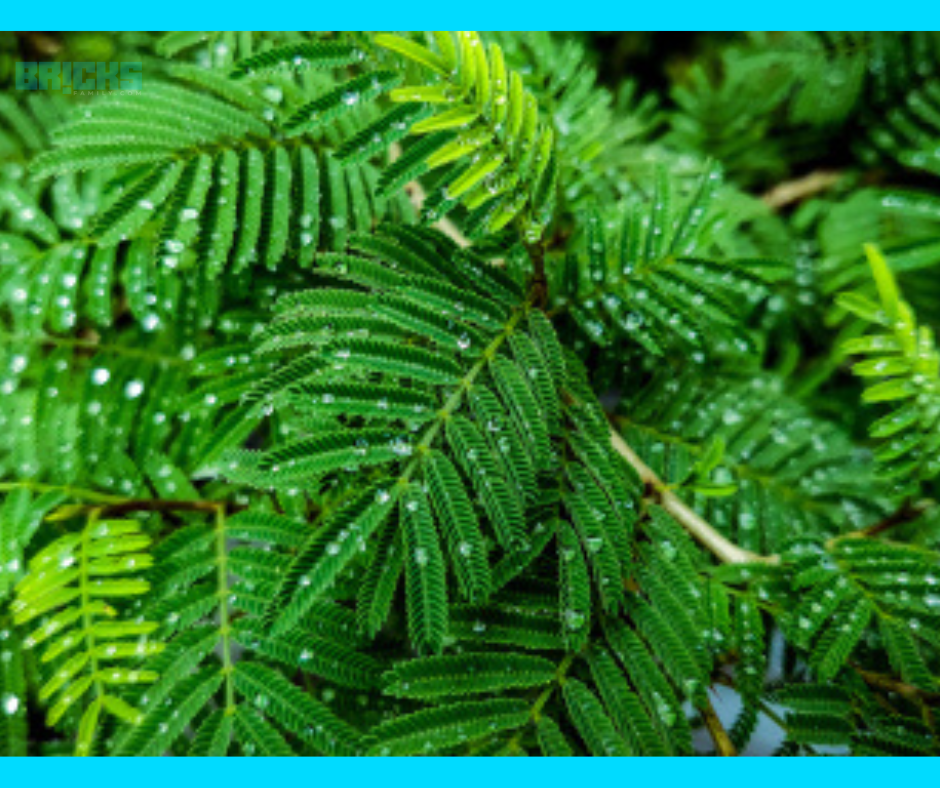
Shami Plant Benefits You Should Know
The benefits of the Shami plant are not a secret to most of us. Alongside its importance in the religion of Islam as well as its spiritual significance, it is acknowledged for its medicinal and astrological benefits.
- This similar plant has the same benefits as the Tulsi plant. Shani Dev’s adverse side effects can be reduced by consuming its leaves, fruits and roots, stamps, and juice.
- A Shami tree planted at home could bring happiness, peace, wealth, and peace and shield your property from negative energies from others.
- The plant is essential in the medical field. Ayurveda suggests it for treating various ailments, including schizophrenia, mental illness Schizophrenia, respiratory tract infections, excessive heat and motion, herpes, loose movement, and leucorrhoea. On.
- The plant’s various parts are utilized for medicinal purposes. Its dried and powdered plant can be applied externally to aid in the healing of wounds. A decoction from the ground bark is applied as a gargle to soothe sore throats and toothaches. Tea made from tender leaves can be used as an antiseptic and treat diarrhea and dysentery.
- The leaf extract is used to eliminate parasitic worms in the intestinal tract. The pods can be used to treat urinary tract disorders.

How to grow Shami Plant
It is possible to grow a Shami plant in two ways: cuttings and seeds. Making the Shami plant from cuttings or seeds is the most straightforward reproduction method. Follow a few easy steps, and you’re good to start.
Growing Shami Plant Through Cuttings
Step 1: Choose an entire plant from which you can harvest cuttings for growth in the future. Cut the plant’s stems at an angle of 45 degrees to harvest these cuttings. There is a chance that not all cuttings will sprout, so cutting three or four branches is recommended.
Step 2: To prepare the cuttings to plant, take any leaves on the stem’s sides. It’s okay not to pull the leaves at the top. The leaves will end up submerged in the soil during flowering, and cutting the sides will encourage rapid growth.
Step 3. Dip the cuttings in a rooting agent after they have been ready. The hormone that stimulates root growth will speed up the process of rooting. If you do not want to use a synthetic rooting hormone, you could create your own by mixing three parts of aloe gel and one teaspoon of honey.
Step 4: Mix equal amounts of loamy soil, sand, and compost to make a potting mix. Find a pot that drains well to stop sand from being able to drain from the drainage hole. It is possible to place the dish or stones in the base of your pot. After that, add the potting mix to the lower third of the pot.
Step 5: After the pot is ready, use your fingers or any other long sharp object to make the mixture using the stems. The stem’s base stems should be coated with the hormone for rooting. Then, you can put the cuttings into the pot and carefully fill the soil around them. Make sure to water the plant thoroughly.
Growing Shami Plant Through Seeds
- Buy Shami plants from a local nursery or at a garden store
- Before planting, allow the seedlings to sit for at least twelve to twenty-four hours
- Scrape off the outer layer or coat of the seed lightly to not harm the embryo.
- Place the seed in the pot’s soil and mist it lightly (see the step above, 4).)
- Make sure the pot is in bright and direct sunlight to encourage germination.
Religious Importance of the Shami Plant
Two trees mentioned in Hindu religious texts help in the reduction of the adverse effects of Shani as well as Saturn. They are Shami and the Peepal tree. It is believed to lessen the damaging effects of Shani. To combat any negative impact of Shani, one must plant a Shami tree near the house. Additionally, the leaves and flowers from Shami plants can be utilized to counteract any adverse side effects caused by Shani.Everything You Need To Know About The Shami Plant.
Shami is a significant plant. Shami Plant is included within the Ramayana. Before declaring war against Lanka and Lanka, Lord Rama offered prayers in the presence of the Shami tree. In the same way, when Arjuna took on Brihannal’s form Brihannal in his exile, the holy Gandiva bowed under the tree of Shami, according to the Mahabharata.
Shami leaves can also be used for the worship of Lord Ganpati as well as Goddess Durga. The tree is adored on the 10th day of Navratri, which is the time when it is worshiped across India. It is believed that Hindus who revere this plant light a lamp beneath Shami. Shami flower on Saturdays. In the tenth day ritual of Dussehra, the Marathas fired an arrow at the tree’s leaves and then collected the fallen leaf with their turbans. The Pandavas spent their 13th year in exile disguised under the ruling kingdom of Virata, according to the epic poem Mahabharata.
Before their journey to Virata, the two claimed to have rested their celestial arms on this tree for one year. When they returned from an entire year away, they saw their arms safe in the leaves of the Shami Tree. They prayed at the Shami tree and thanked it for keeping them secure when they were taken. The leaves of this plant are crucial to the worship lessons. According to the legend, before leaving home to do any good work, it is best to look at the plant first.
What Vastu Says About the Shami Plant
Following Vastu Shastra according to Vastu Shastra, the trees and plants surrounding your home add to the positive vibe of your house. As per Vastu experts, installing a Shami plant in your home is recommended if Saturn or Shani influence your horoscope. The most suitable Shami plants in Vastu’s direction are toward the south. Please place it in the east or northeast when there isn’t any direct sunlight. If not, put your Shami tree outdoors, so it’s on your right whenever you leave your home.Everything You Need To Know About The Shami Plant.
Vastu experts also recommend the best time and day for planting the Shami plants within the premises. Since the Shami tree is a symbol of Shani Mahadev, the location of the Shami tree inside the house is crucial. If Shani Sade Sati or Dhaiya is present, the light of mustard oil must be lit each Saturday night on the front of the tree. The Saturday of the week is the most suitable day to plant the tree. You can ensure the correct planting of trees in the home by following the suggestions of a Vastu specialist.
Procedure to Worship Shami Plant
After you have learned all about the Shami plant, its benefits, and its importance in religion, you need to know how to honor it. Giving a Shami leaf to Lord Shiva every day is believed to be auspicious. Lighting a candle (Diya) each Saturday beneath the Shami plant inside your home is essential.
The shami leaves have an important significance. According to legend, watching the leaves of the Shami plant after leaving your home in pursuit of the right job or chance is a good sign of luck. Furthermore, providing your Shami plant with water every day before a bath is crucial.
The practice of worshipping the Shami plant every day eliminates any discomfort. It helps to eliminate all issues and boosts wealth too. If you have a problem with health or an accident caused by Shami the plant, wrap Shami plant wood in black thread and then wear it.Here is Everything You Need To Know About The Shami Plant.

What is Shami Plant called in Other Languages?
The Shami plant belongs to the Mimosaceae family. Its botanical name is Prosopis Cineraria, and the following names in other languages:
Hindi: Shami, Chikur, Khejri
English: Prosopis Cineraria
Sanskrit: Shami, Shiva, Mangalya, Sattufla, Tunga, Keshahatri, Lakshmi, Shivafla
Kannada: Perambai, Banni, Takkite
Oriya: Khodiro, Shami, Somi
Konkani: Xembi, Shami
Tamil: Parambai, Kalisam, Jambu
Telugu: Jambi,Jammi chettu
Gujarati: Khamdi, Khijado, Hamra
Punjabi: Jandi, Jand
Malayalam: Vammi, Parampu
Bengali: Shami, Somi
Marathi: Saunder, Shemi, Somi
Arabic: Ghaf
Urdu: Jandi, Kandi
Summing up the Shami Plant
The unique value of the Shami tree is fascinating. It has been revered from the beginning and is believed to bring luck and happiness. It adds to your overall beauty and is among the finest plants in your home. Be sure to supply the Shami plant with regular care and maintenance.
Also Read: Snake Plant – Care, Types, Benefits | Propagation of Snake Plant
Similar Topics: 10 Modern Balcony Decor Ideas for your Home

